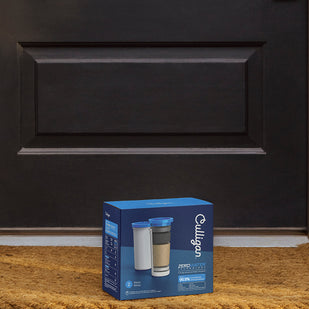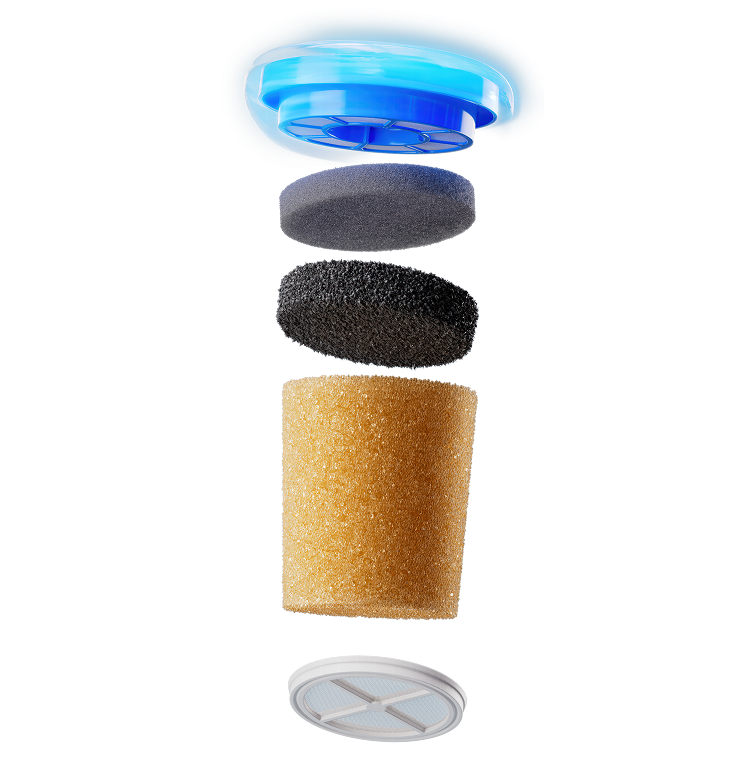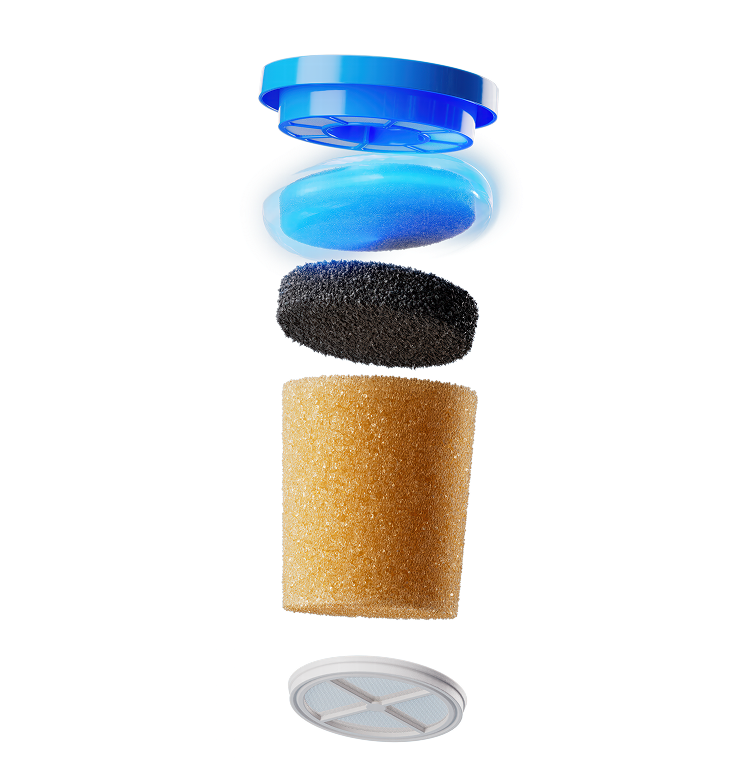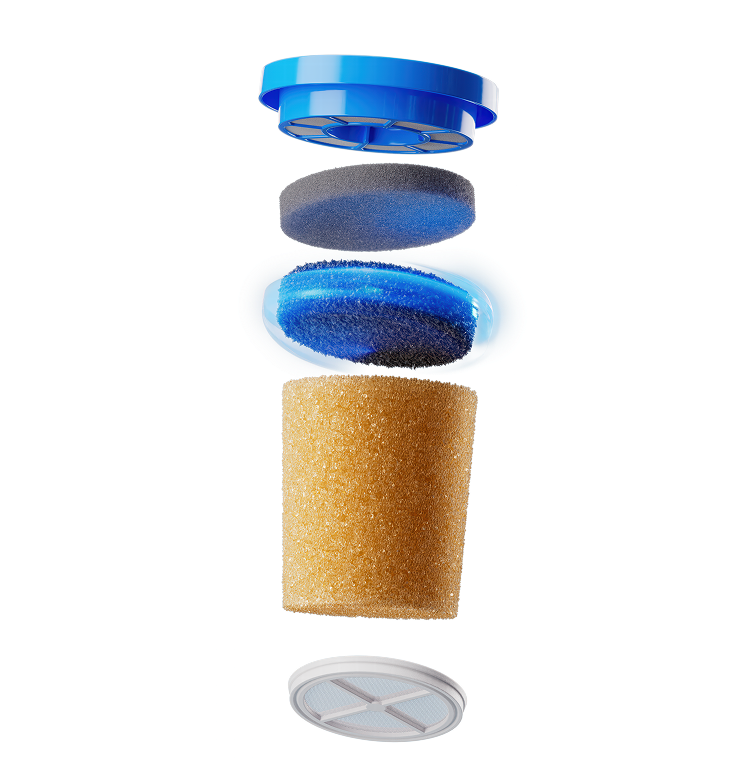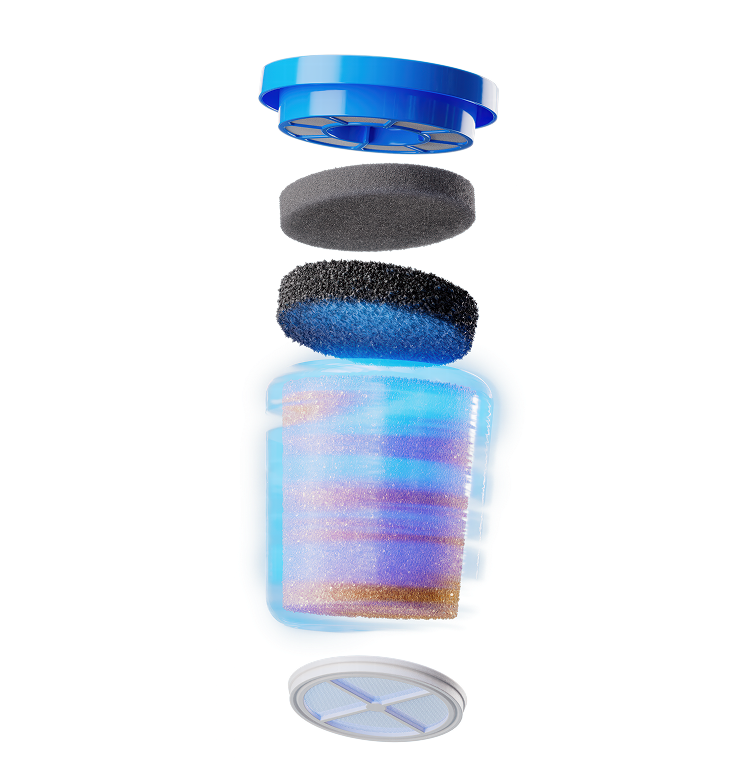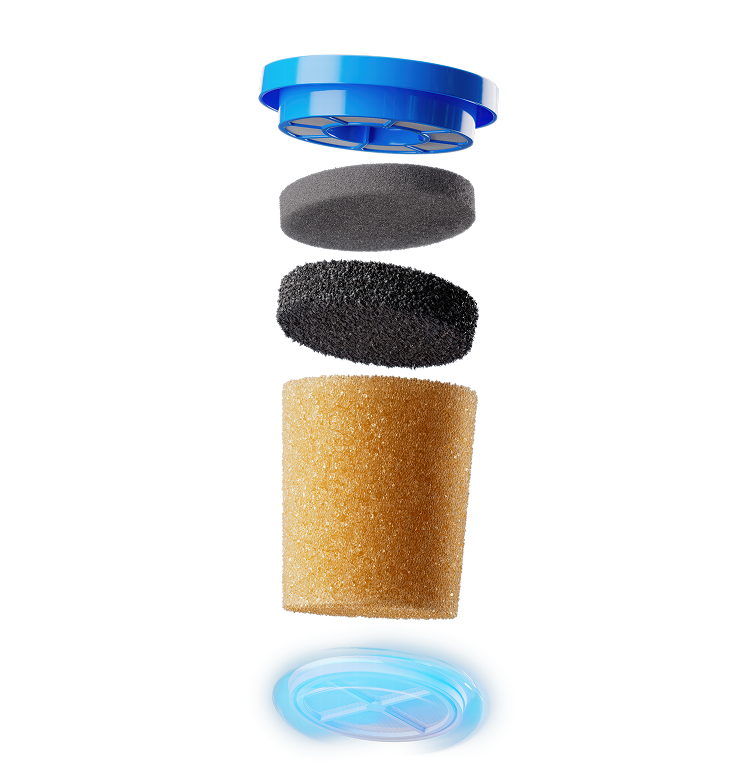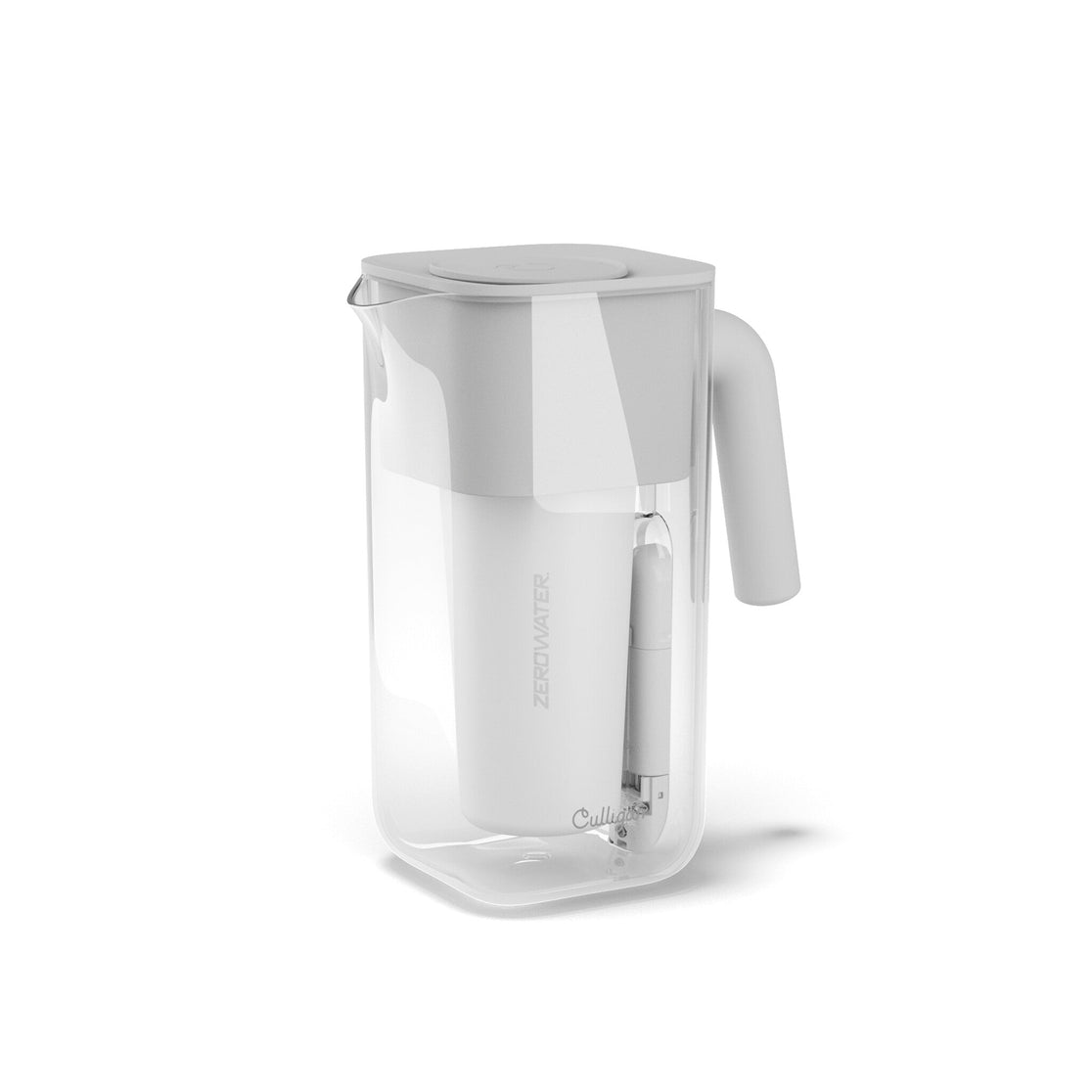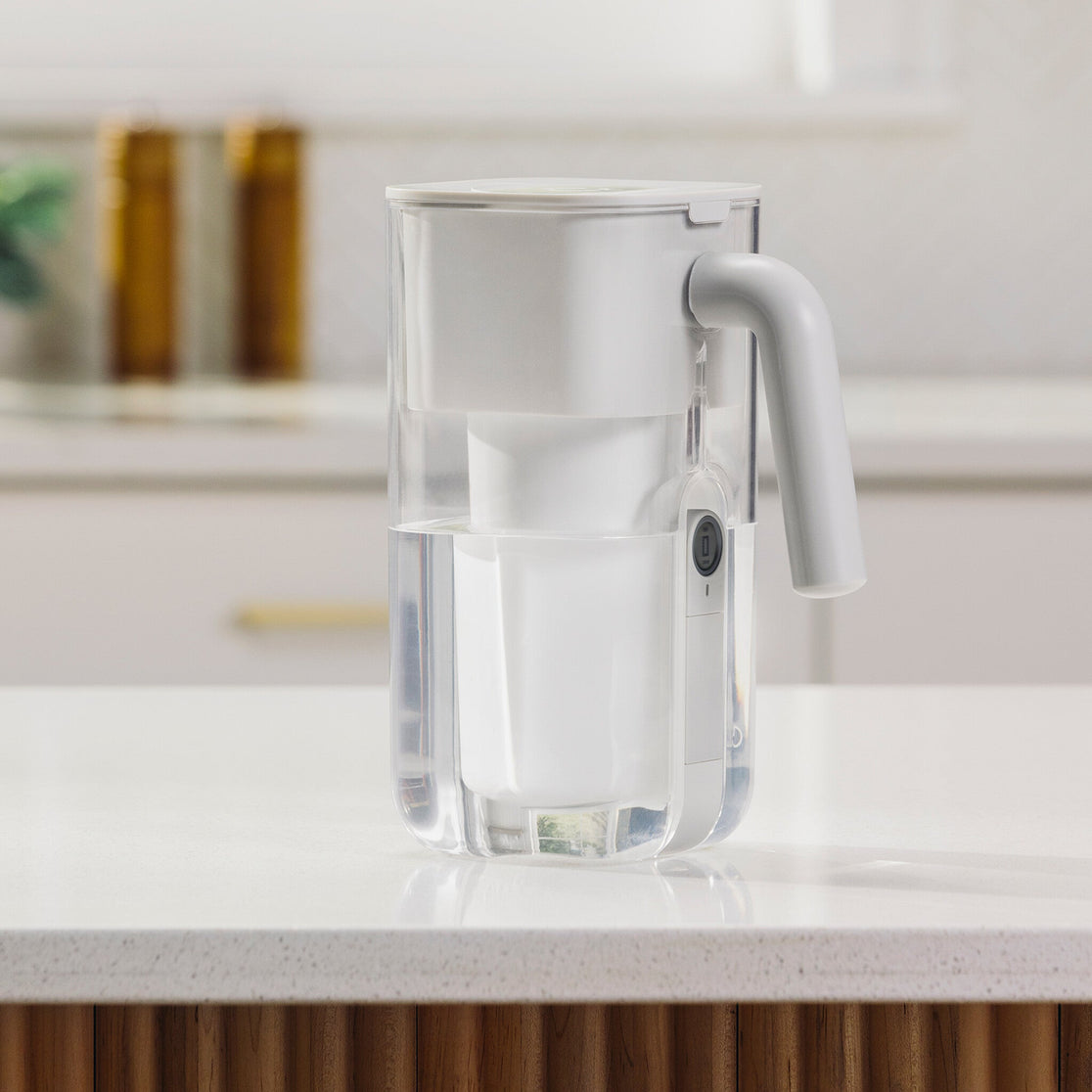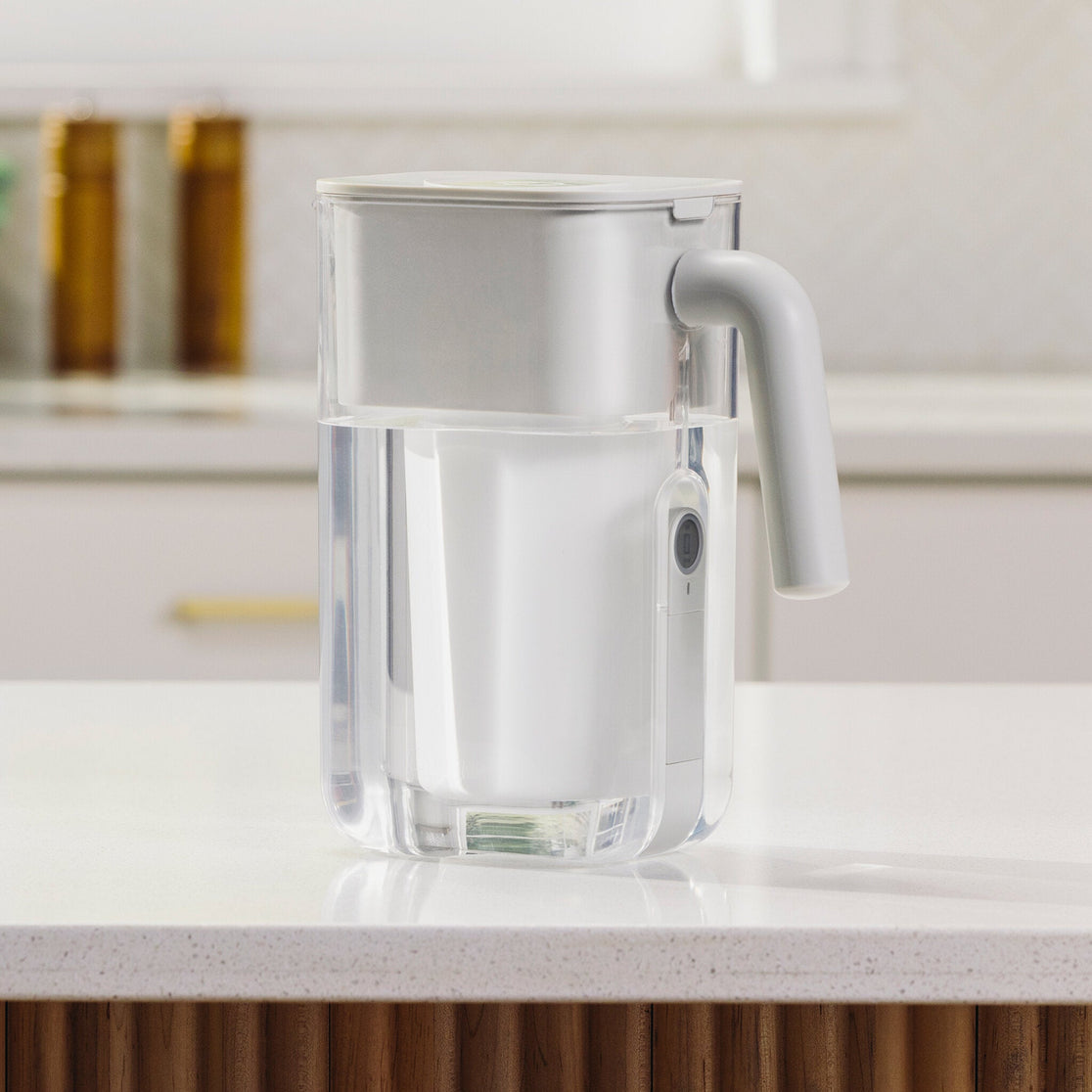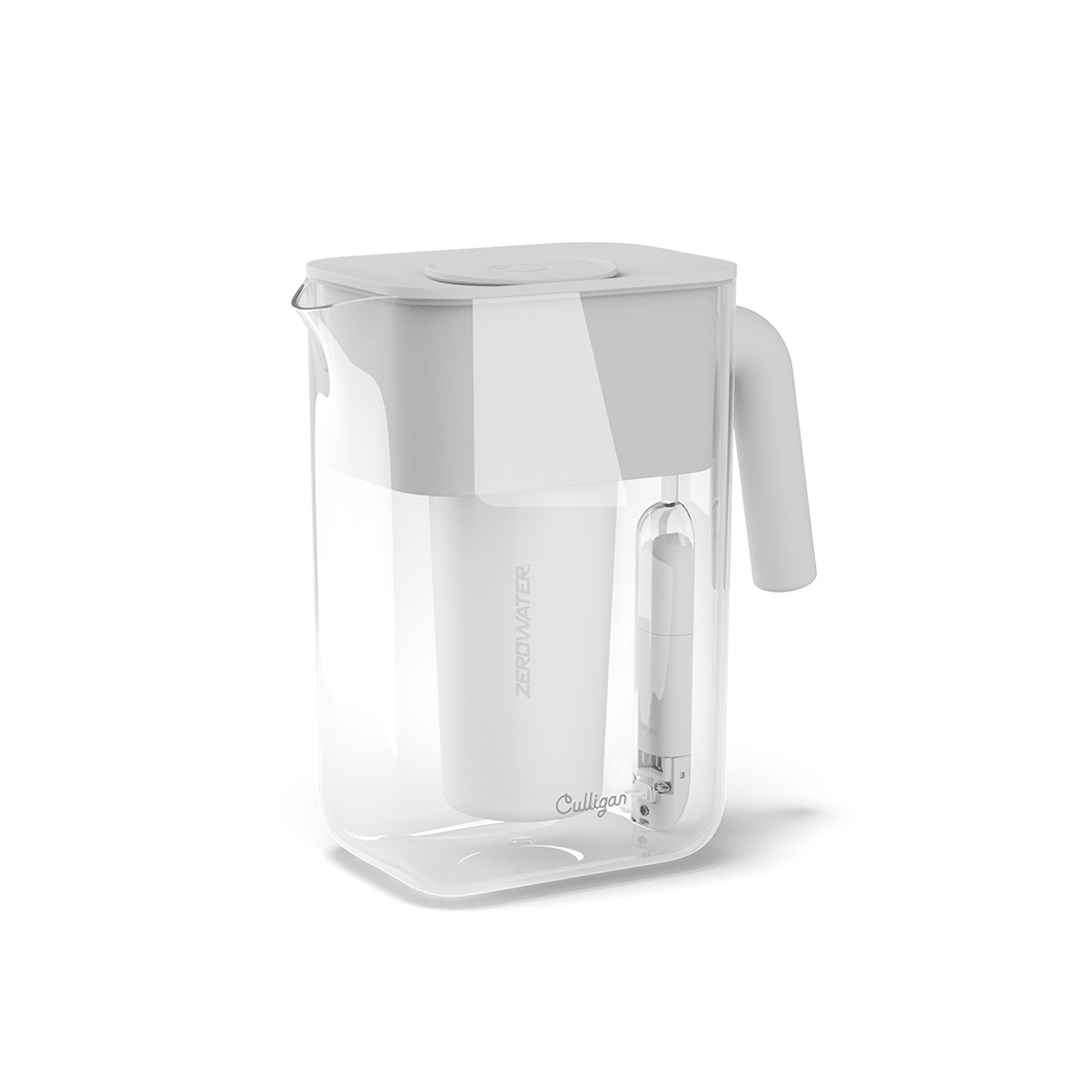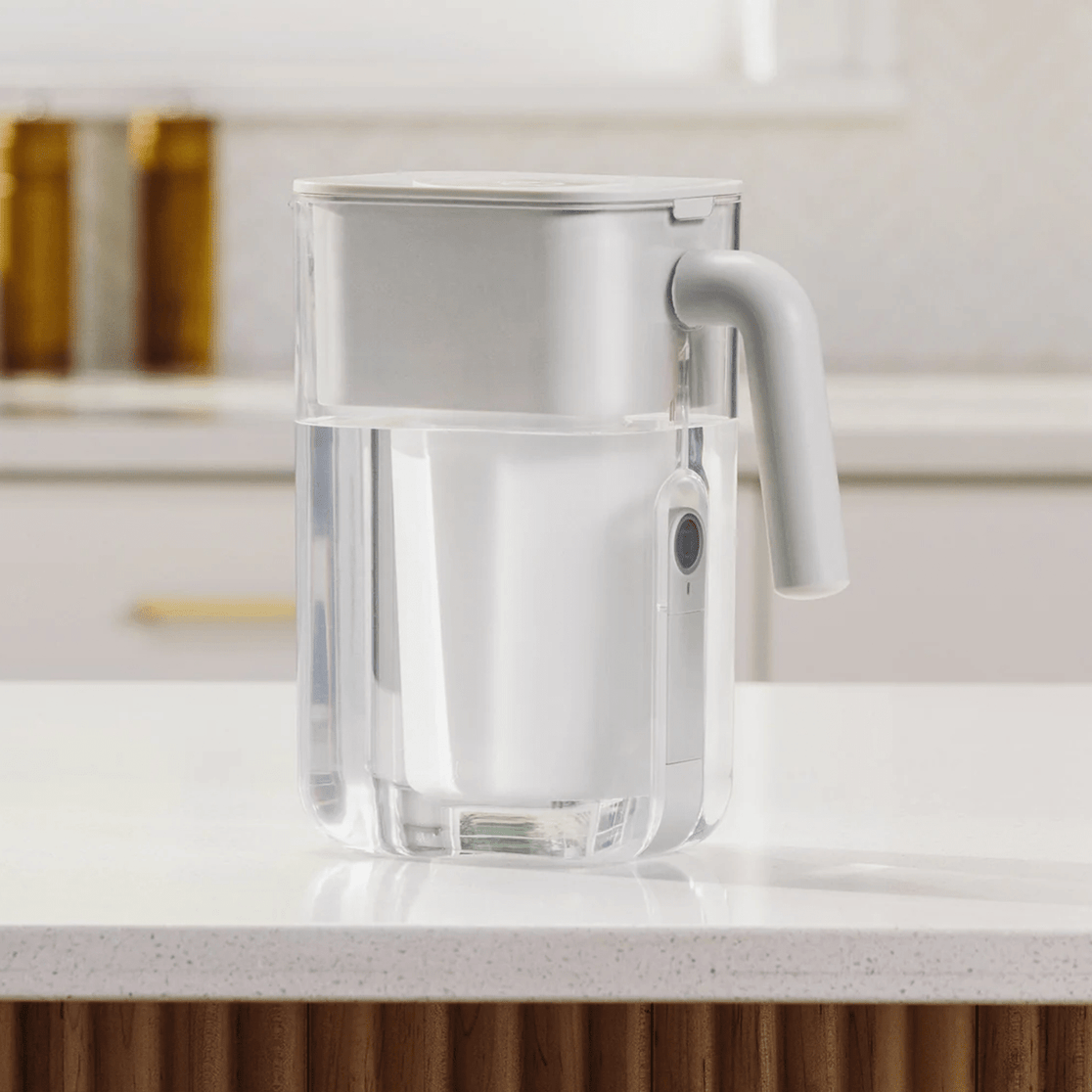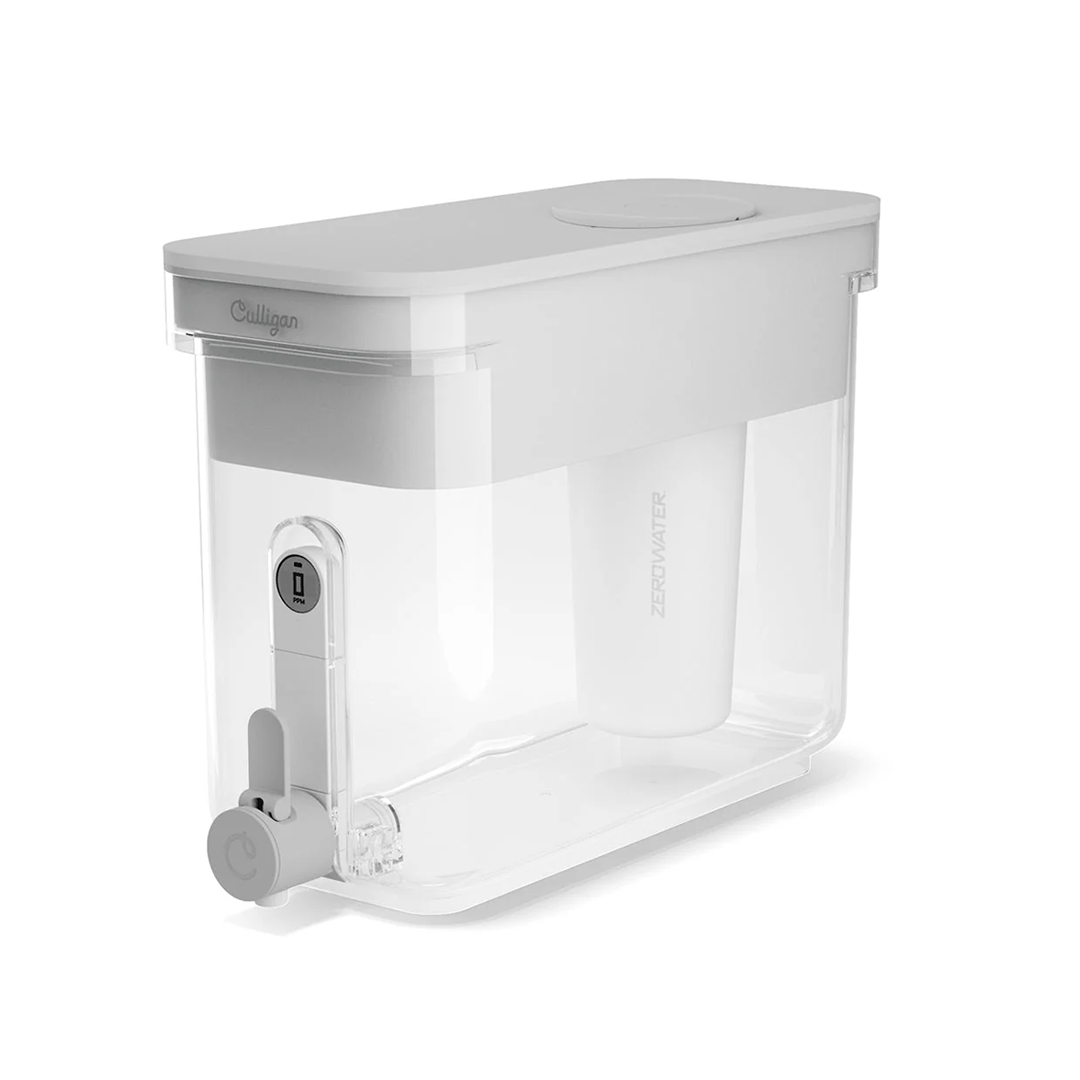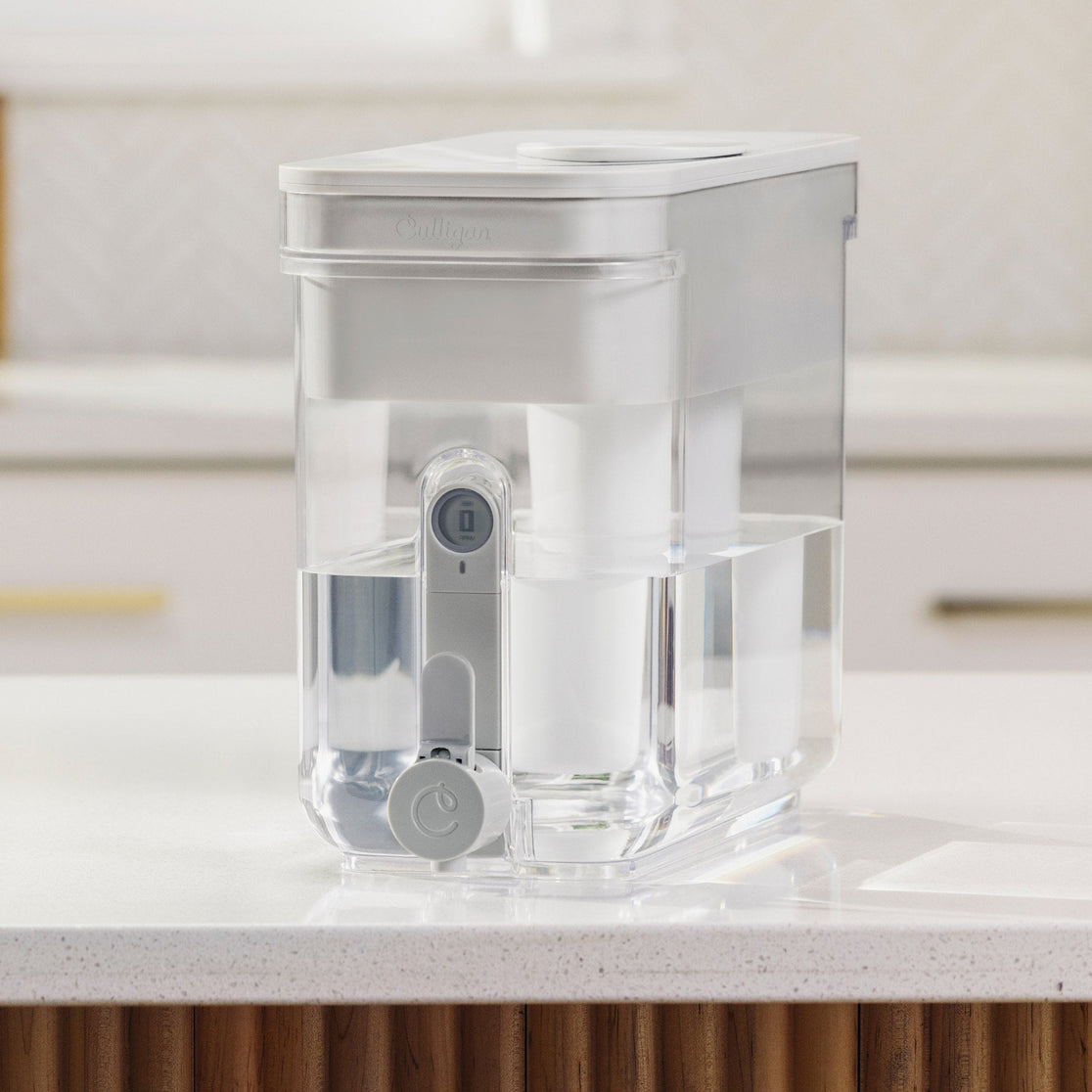Where do Total Dissolved Solids (TDS) come from?
Dissolved Solids are a measurement of compounds like minerals, salts and organic compounds that are dissolved into water through contact with rock and other surfaces. TDS can be made up of several different types of compounds (including but not limited to): calcium, magnesium, iron, sodium chloride and sulfides (which are compounds frequently found in groundwater supplies). The use of a TDS tester (or TDS meter as it’s also known) aids with the detection of TDS, helping you enjoy the purest-tasting water.
Natural occurances
Minerals, salts, and ions from natural sources like rivers and groundwater contribute to Total Dissolved Solids (TDS) in drinking water, influencing taste and quality. Monitoring and treatment ensure potable water.
Human activities
Human activities, such as industrial discharges, agriculture, and urban runoff, contribute to elevated Total Dissolved Solids (TDS) levels in water bodies, impacting aquatic ecosystems and necessitating water quality management.
Wastewater & contamination
Industrial waste, mining runoff, and water pipe erosion contribute to water pollution, introducing harmful substances and elevated Total Dissolved Solids (TDS).
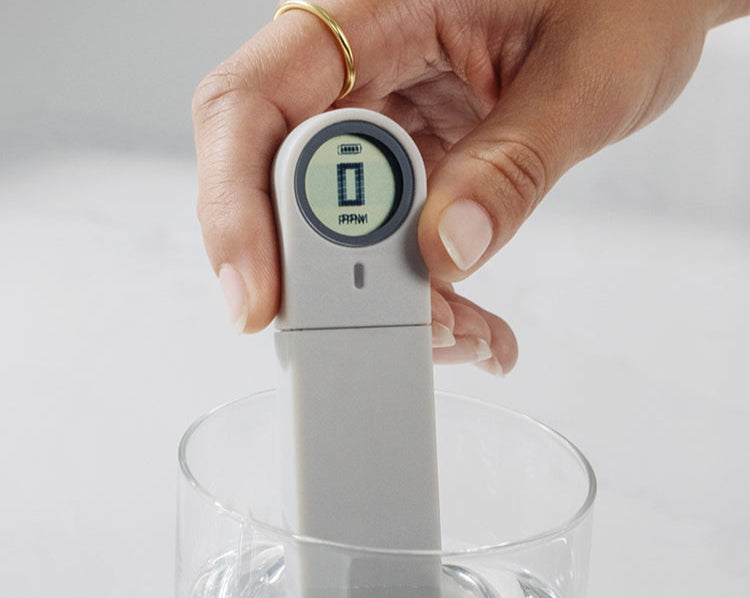
What does 'Zero Water' mean?
Each Culligan with ZeroWater Technology product comes with a free, built-in TDS tester, allowing you to verify water quality at home with ease.
But what does 0 actually mean? Effectively, our Ion Exchange filtration removes virtually all dissolved solids that may be left over from public water systems or even leached into your water.
Three additional stages are included to remove other contaminants and to ensure your water receives the appropriate amount of treatment time to deliver a "000" reading on your water quality meter.
How our filters work
Designed to reduce up to 99.9% of total dissolved solids - leaving you with the water you can trust
Our bestsellers
Start your journey towards cleaner, purer-tasting water today
